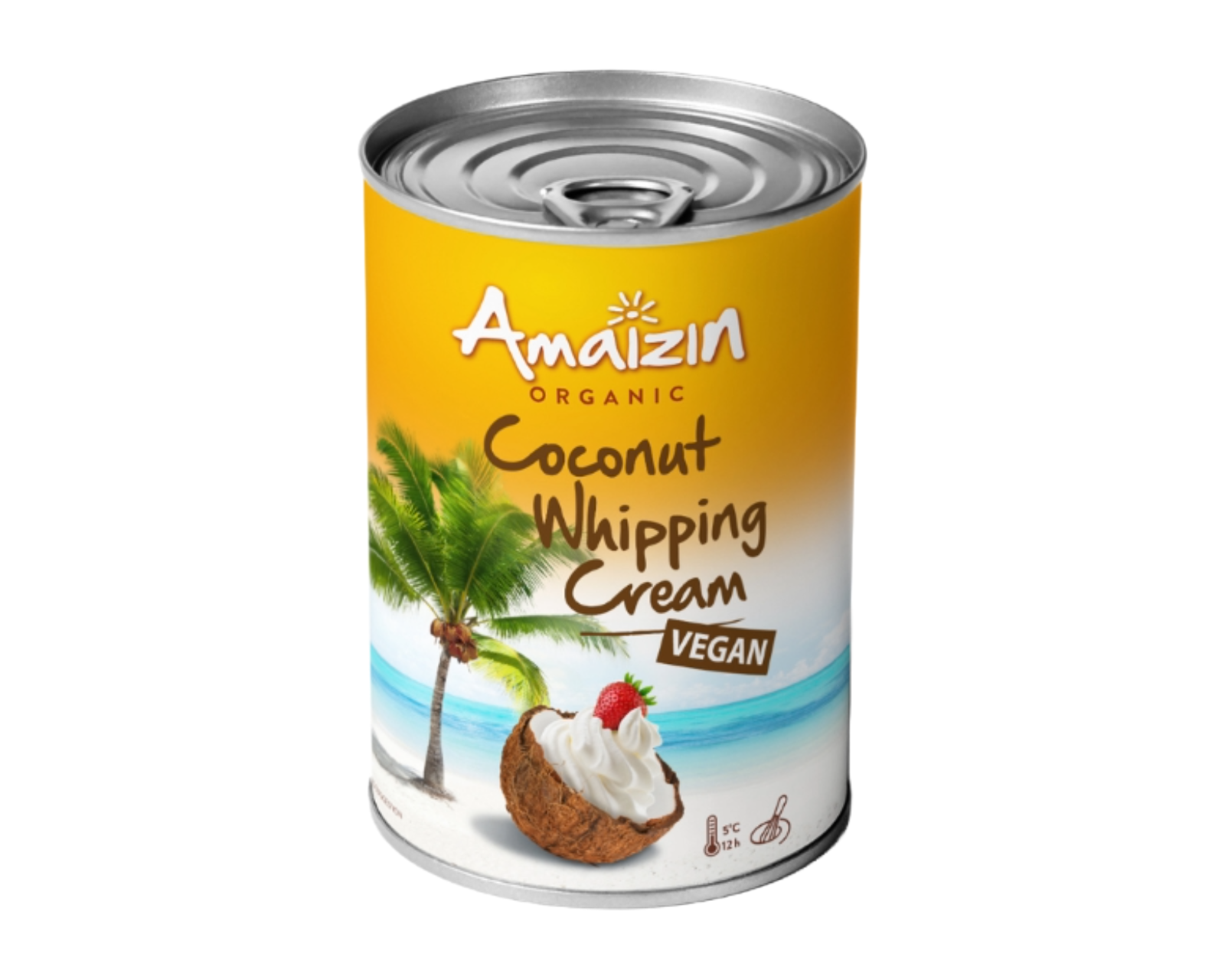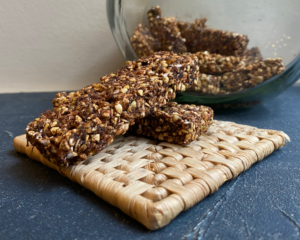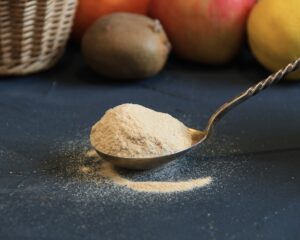Organic whipped coconut cream AMAIZIN, 400g
3.90€
Coconut cream is extracted from the white pulp inside the coconut fruit. It has a thick consistency and creamy texture. It is often confused with coconut water, which is found in unripe coconuts. Coconut cream is not found naturally. It is obtained by mixing white coconut pulp with water. This is usually done in a 1:1 ratio. When comparing coconut water with coconut cream, the latter is significantly more calorific and nutritious.
Because of its excellent taste and calorific value, coconut cream is used in soups, sauces and desserts. It is particularly popular in Asian dishes. Use coconut cream as a condiment:
Add a few teaspoons to organic Arabica bean coffee. Not only will you enjoy a tasty but also nutritious drink.
Adding a spoonful of coconut cream to a whipped milkshake makes for a rich and flavoursome drink.
Pour a couple of spoonfuls over fresh or frozen berries to make an exquisite dessert.
Top any porridge with a spoonful of coconut cream and you’ll have a healthy breakfast that kids love too.
The calorific value of coconut cream is not to be feared, as most of its fat is good MTC fat. Researchers provide evidence that MTC oil in milk not only cannot cause overweight, but even helps with weight control:
– Compared to other fats, MTC oil reduces appetite;
– The natural decanoic and octanoic acids in the product speed up metabolism and burn unwanted fat.
The oil in coconut cream normalizes cholesterol and triglyceride levels.
The fat in the coconut cream is effective in reducing the symptoms of inflammation and a wide range of swellings. Studies have shown that coconut cream helps to reduce the symptoms of stomach ulcers and is quite effective in fighting infectious viruses and bacteria.
Organic coconuts (85%), water
Energy 1221 Kj / 292 kcal
Fat 30 g
- of which saturated 25 g
Carbohydrates 4 g
- of which sugar 2.2 g
Protein 1,4 g
Salt <0,1 g
Store in a cool, dry place.


